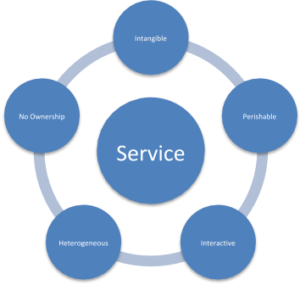In this chapter, we will see how services marketing management can be applied to non-commercial not-for-profit organizations. Charities also considered in this area of marketing. NGO and Marketing underlying principles of marketing are the same for non-commercial as for business operations in the corporate sector.
The marketing management in each case is to identify unsatisfied and wants and to develop effective and timely marketing programs to fill those market gaps with appropriate goods and services thus achieving organizational goals through customer same satisfaction.
However, there are some key differences between commercial market-driven organizations and non-profit organizations especially ngo consultancy relating new constraints upon their activities arising from their traditions development.
They attract more students universities and colleges undertake extensive demanding promotion and recruitment campaigns.
They utilize research techniques and enter into new product development actives to ensure that they are offering the optimum range of ices to appeal to their chosen markets.
Extra subject options are included to increase the added value of some courses and distinguish them from the competition. New market segments are red for by specially designed programs offering direct access to students or specialized tailored programs such as MBA trees for health care or public sector managers.
Product management involves product mix decisions concerning the range of products or services to be offered. Additional services can be offered in order to attract more segments in both markets. The client/recipient product range can be expanded to include new or related services. Universities may offer evening courses, health care centers may offer ‘well woman’ screening services. Benefits offered to sponsor/client segments may be updated to include newsletters and magazines in return for subscriptions, affinity credit cards, gift catalogs or personal gifts and awards. Product differentiation can be another useful strategy in not-for profit marketing. Organizations can seek to differentiate their product or service from that of the competition, Schools and colleges may offer special facilities or areas of excellence (for example in sports) which can help to distinguish them from the competition. Health clinics and hospitals may introduce upgraded rooms and offer restaurant style menus of top-class cuisine.
The product life cycle concept applies to services in the NGO sector just as much as to products and services in commercial markets. Services can become outdated as new services are developed, and part of the product management task is to monitor service performance and demand trends. New services need to be developed and introduced at the right times, and services which are no longer efficient or for which demand is declining should be phased out.



